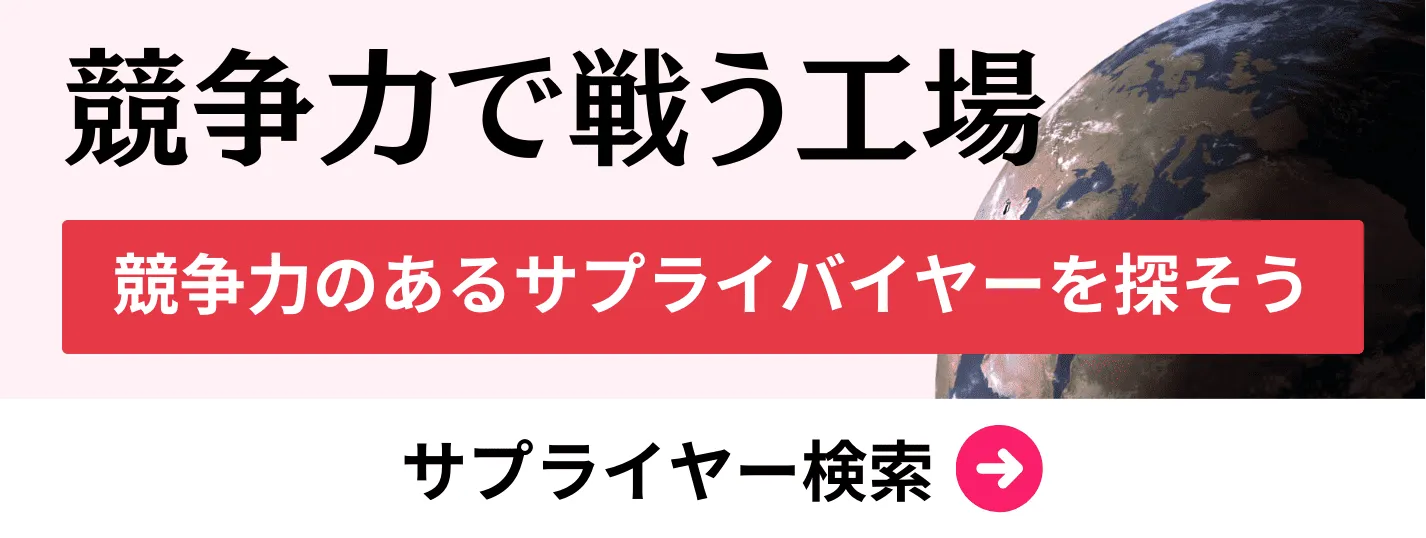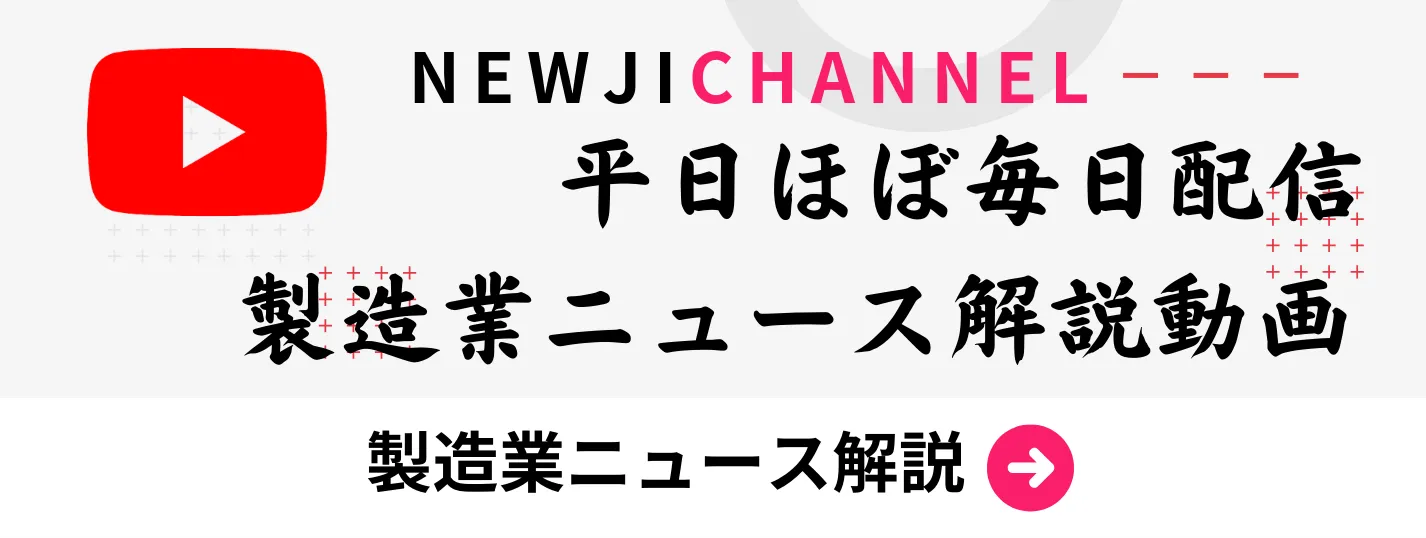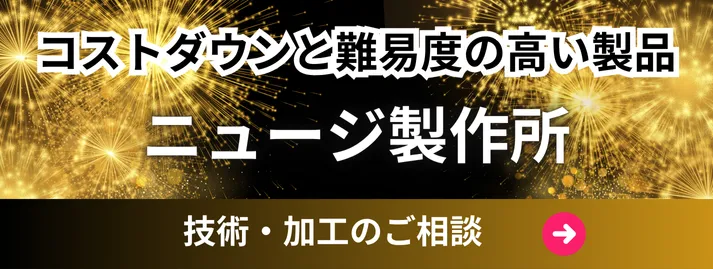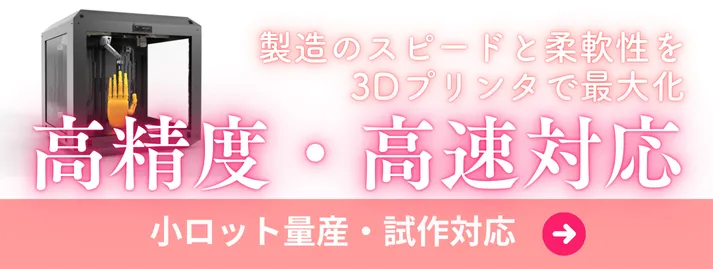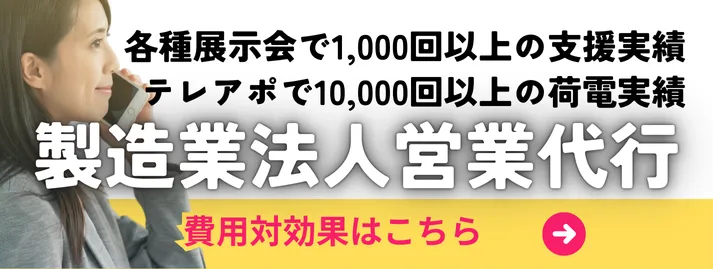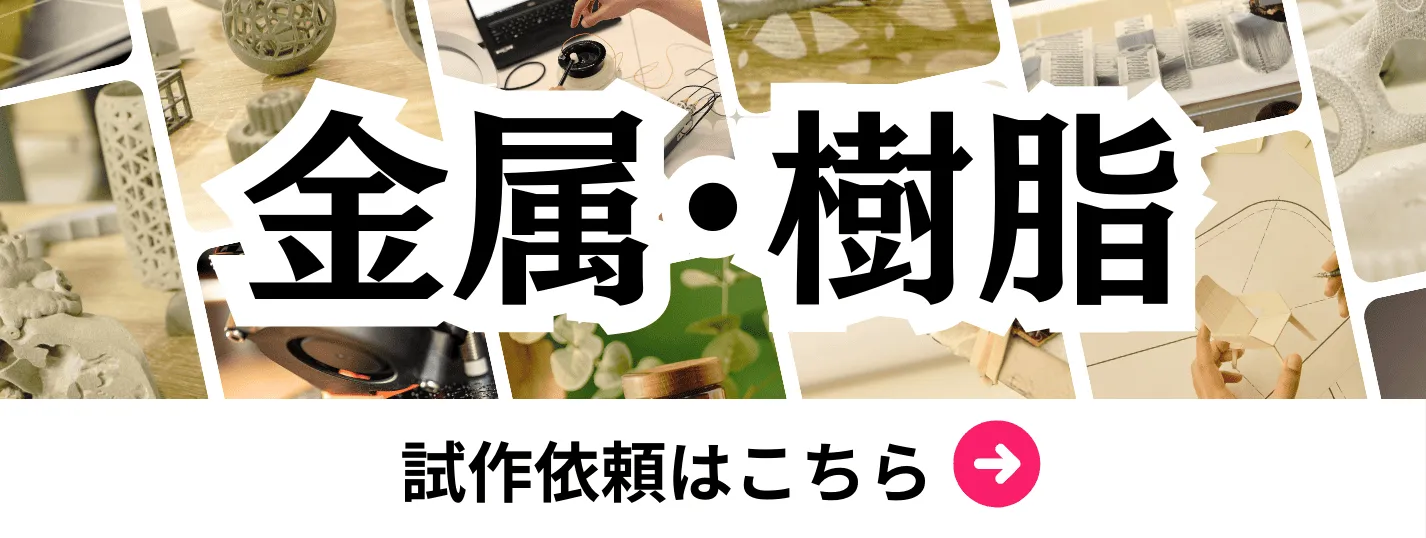- お役立ち記事
- “Exploring Japanese Innovation: The Role of ‘Vacuum Gauge’ in Modern Manufacturing”
月間76,176名の
製造業ご担当者様が閲覧しています*
*2025年3月31日現在のGoogle Analyticsのデータより

“Exploring Japanese Innovation: The Role of ‘Vacuum Gauge’ in Modern Manufacturing”

目次
Introduction to Japanese Innovation in Vacuum Gauge Technology
The manufacturing sector has always been at the forefront of technological advancement. Among the myriad of tools that have revolutionized production processes, vacuum gauges stand out as a crucial component in ensuring efficiency and quality. Japanese innovation in this field has set benchmarks globally, contributing significantly to modern manufacturing practices. This article delves into the role of vacuum gauges, exploring their impact on manufacturing, the advantages and disadvantages of Japanese suppliers, and best practices for procurement and purchasing.
The Significance of Vacuum Gauges in Modern Manufacturing
Vacuum gauges are instruments used to measure the pressure in a vacuum system. They are essential in various manufacturing processes where maintaining specific pressure levels is critical. From semiconductor fabrication to automotive manufacturing, these gauges ensure that processes run smoothly and products meet quality standards.
Enhancing Precision and Quality Control
In high-precision industries, such as electronics and aerospace, even minor deviations in pressure can lead to significant defects. Vacuum gauges provide real-time data, allowing manufacturers to monitor and adjust conditions promptly. This precision ensures that products meet stringent quality standards, reducing waste and improving overall efficiency.
Optimizing Production Processes
By maintaining optimal pressure levels, vacuum gauges help in optimizing production processes. For instance, in vacuum deposition, consistent pressure ensures uniform material layers, essential for product reliability and performance. This optimization leads to increased production rates and reduced downtime, enhancing the overall productivity of manufacturing operations.
Japanese Innovation in Vacuum Gauge Technology
Japan has long been recognized for its technological prowess and commitment to quality. Japanese manufacturers have been at the forefront of vacuum gauge innovation, developing advanced sensors and materials that enhance accuracy and reliability.
Advanced Sensor Technology
Japanese companies have invested heavily in research and development to create highly sensitive and accurate sensors. These sensors can detect minute changes in pressure, providing manufacturers with precise control over their processes. The integration of digital technologies has further enhanced the capabilities of vacuum gauges, allowing for easy data collection and analysis.
Durability and Reliability
Japanese vacuum gauges are renowned for their durability and reliability. They are designed to withstand harsh manufacturing environments, ensuring consistent performance over extended periods. This reliability reduces maintenance costs and minimizes the risk of production interruptions, providing manufacturers with a dependable tool for their operations.
Advantages of Procuring Japanese Vacuum Gauges
Opting for Japanese vacuum gauges offers several benefits that can significantly impact manufacturing efficiency and product quality.
High Precision and Accuracy
Japanese vacuum gauges are celebrated for their precision and accuracy. This high level of measurement ensures that manufacturing processes remain within specified parameters, reducing the likelihood of defects and enhancing product quality.
Cutting-Edge Technology
Japanese suppliers are leaders in integrating the latest technologies into their vacuum gauges. Features such as digital interfaces, wireless connectivity, and advanced data analytics tools provide manufacturers with comprehensive control and monitoring capabilities.
Superior Quality and Durability
The emphasis on quality in Japanese manufacturing translates to vacuum gauges that are built to last. High-quality materials and rigorous testing processes ensure that these gauges perform reliably even in demanding environments.
Comprehensive Support and Service
Japanese suppliers often provide robust support and service networks. This includes technical assistance, training, and prompt maintenance services, ensuring that manufacturers can maximize the utility of their vacuum gauges with minimal downtime.
Challenges and Considerations in Procuring from Japanese Suppliers
While there are numerous advantages, procuring vacuum gauges from Japanese suppliers also presents certain challenges that manufacturers must navigate.
Higher Initial Costs
Japanese vacuum gauges tend to be priced higher than their counterparts from other regions. The advanced technology and superior quality contribute to this cost premium. Manufacturers must assess whether the long-term benefits justify the initial investment.
Language and Cultural Barriers
Dealing with suppliers from Japan may involve language and cultural differences. Effective communication is crucial in ensuring that specifications and requirements are accurately conveyed and understood. Misunderstandings can lead to delays and increased costs.
Longer Lead Times
The distance between Japan and other parts of the world can result in longer lead times for delivery. Manufacturers need to incorporate these timelines into their procurement planning to avoid production delays.
Compatibility with Existing Systems
Japanese vacuum gauges may incorporate specific technologies or standards that differ from those used in a manufacturer’s existing systems. Ensuring compatibility may require additional integration efforts, which can add to the overall cost and complexity.
Supplier Negotiation Techniques with Japanese Companies
Effective negotiation with Japanese suppliers requires an understanding of their business culture and practices. Building strong relationships and demonstrating mutual respect are key to successful negotiations.
Building Trust and Long-Term Relationships
Japanese business culture places significant emphasis on building trust and long-term relationships. Invest time in establishing a rapport with suppliers through regular communication and visits. Demonstrating commitment to a long-term partnership can lead to more favorable terms and better cooperation.
Understanding Cultural Norms
Familiarize yourself with Japanese business etiquette, such as the importance of formality, punctuality, and indirect communication. Respect for hierarchy and consensus-based decision-making are also crucial. Adhering to these norms can facilitate smoother negotiations and prevent misunderstandings.
Clear Communication of Requirements
Ensure that your technical specifications and requirements are clearly communicated and documented. Use precise language and, if necessary, provide detailed drawings or diagrams to avoid ambiguity. Consider employing bilingual staff or professional translators to bridge language gaps.
Emphasizing Mutual Benefits
Japanese suppliers are more inclined to agree to terms that offer mutual benefits. Highlight how the partnership can be advantageous for both parties, such as through increased sales volumes, long-term contracts, or collaboration on innovation.
Flexibility and Patience
Negotiations with Japanese companies may take longer due to their thorough decision-making processes. Exercise patience and remain flexible in your negotiations, understanding that reaching a consensus may require multiple discussions and gradual agreement.
Market Conditions for Japanese Vacuum Gauges
Understanding the current market dynamics is essential for effective procurement and purchasing of Japanese vacuum gauges.
Global Demand and Supply
The demand for high-precision vacuum gauges is increasing globally, driven by advancements in industries such as electronics, automotive, and aerospace. Japanese suppliers, known for their high-quality products, are well-positioned to meet this demand. However, supply chain disruptions, such as those caused by the COVID-19 pandemic, can impact availability and lead to longer lead times.
Technological Advancements
Continuous innovation in vacuum gauge technology is a hallmark of the Japanese manufacturing sector. The integration of smart technologies, such as IoT-enabled sensors and data analytics capabilities, is shaping the market. Staying abreast of these advancements is crucial for manufacturers looking to leverage the latest features.
Competitive Landscape
Japanese manufacturers face competition from other regions, particularly Europe and North America, where companies also produce high-quality vacuum gauges. Differentiation through advanced technology, superior quality, and reliable service is key for Japanese suppliers to maintain their market position.
Regulatory and Compliance Factors
Compliance with international standards and regulations is critical when procuring vacuum gauges. Japanese suppliers typically adhere to stringent quality and safety standards, which can be an advantage in markets with strict regulatory requirements. However, manufacturers must ensure that the gauges meet specific regulatory standards relevant to their industry and region.
Currency Fluctuations
Exchange rate volatility can impact the cost of procuring Japanese vacuum gauges. Manufacturers should consider hedging strategies or negotiate pricing terms that account for potential currency fluctuations to mitigate financial risks.
Best Practices for Procuring Japanese Vacuum Gauges
Adopting best practices in procurement and purchasing can enhance the efficiency and effectiveness of acquiring Japanese vacuum gauges.
Thorough Needs Assessment
Begin by conducting a comprehensive needs assessment to determine the specific requirements for vacuum gauges in your manufacturing processes. Identify the necessary specifications, such as measurement range, accuracy, and compatibility with existing systems.
Supplier Evaluation and Selection
Evaluate potential Japanese suppliers based on their reputation, product quality, technological capabilities, and reliability. Assess their track record, customer feedback, and certifications to ensure they meet your standards.
Negotiating Favorable Terms
Negotiate terms that align with your budget and timelines. This includes pricing, payment terms, delivery schedules, and warranty conditions. Seek to establish agreements that offer flexibility and support for future needs.
Implementing Quality Assurance Processes
Establish robust quality assurance processes to evaluate the performance of the vacuum gauges upon delivery. Conduct thorough inspections and testing to verify that the products meet the specified requirements and standards.
Establishing Strong Communication Channels
Maintain open and consistent communication with Japanese suppliers throughout the procurement process. Clear communication helps in addressing any issues promptly and ensures that both parties are aligned on expectations and requirements.
Leveraging Technology for Procurement Management
Utilize procurement management software and technologies to streamline the procurement process. Tools such as electronic sourcing platforms, supplier management systems, and data analytics can enhance efficiency and provide valuable insights.
Building Strategic Partnerships
Develop strategic partnerships with key Japanese suppliers to foster collaboration and innovation. Long-term partnerships can lead to preferential terms, early access to new technologies, and collaborative problem-solving.
Advantages and Disadvantages of Japanese Vacuum Gauges
Understanding the pros and cons of Japanese vacuum gauges helps manufacturers make informed procurement decisions.
Advantages
- High Precision: Japanese gauges offer unparalleled accuracy, essential for high-stakes manufacturing processes.
- Advanced Technology: Integration of the latest technological advancements ensures superior performance and functionality.
- Reliability and Durability: Built to withstand demanding environments, reducing maintenance and replacement costs.
- Comprehensive Support: Robust customer service and technical support enhance the user experience.
- Compliance with Standards: Adherence to international standards ensures compatibility and safety.
Disadvantages
- Higher Cost: Premium pricing may be a barrier for some manufacturers seeking cost-effective solutions.
- Longer Lead Times: Geographic distance can lead to extended delivery times, affecting production schedules.
- Cultural and Language Barriers: Communication challenges may impede smooth procurement and negotiation processes.
- Potential Over-Specification: Advanced features may be unnecessary for certain applications, leading to overpaying for capabilities not required.
Case Studies: Success Stories of Japanese Vacuum Gauge Integration
Examining real-world examples can provide insights into the practical benefits and challenges of integrating Japanese vacuum gauges into manufacturing systems.
Semiconductor Manufacturing
A leading semiconductor manufacturer integrated Japanese vacuum gauges into their production lines to enhance precision in vacuum deposition processes. The high accuracy of the gauges led to a significant reduction in defects, improving yield rates. The reliability of the gauges also minimized downtime, contributing to increased production efficiency.
Automotive Industry
An automotive parts manufacturer adopted Japanese vacuum gauges for their vacuum forming processes. The advanced sensor technology enabled real-time monitoring and adjustments, ensuring consistent quality of components. The durability of the gauges allowed them to operate seamlessly in high-temperature environments, reducing maintenance costs and enhancing overall productivity.
Pharmaceutical Manufacturing
In the pharmaceutical sector, maintaining specific vacuum conditions is critical for various production stages. A pharmaceutical company implemented Japanese vacuum gauges to monitor and control these conditions precisely. The accuracy and reliability of the gauges ensured compliance with regulatory standards, facilitating seamless audit processes and enhancing product safety.
Aerospace Manufacturing
An aerospace manufacturer utilized Japanese vacuum gauges in their coating processes for aerospace components. The precise pressure control enabled the application of uniform coatings, essential for component performance and durability. The integration of advanced technologies in the gauges provided comprehensive data analytics, supporting continuous process improvement initiatives.
Future Trends in Vacuum Gauge Technology
The landscape of vacuum gauge technology is continuously evolving, with Japanese manufacturers at the helm of innovation. Anticipating future trends can help manufacturers stay ahead and leverage emerging advancements.
Integration with IoT and Smart Manufacturing
The integration of Internet of Things (IoT) technologies is transforming vacuum gauges into smart devices. This connectivity allows for real-time data transmission, remote monitoring, and predictive maintenance. Smart vacuum gauges can contribute to the broader framework of Industry 4.0, enhancing automation and data-driven decision-making in manufacturing.
Enhanced Data Analytics and AI
Advanced data analytics and artificial intelligence (AI) are being incorporated into vacuum gauge systems to provide deeper insights into production processes. AI algorithms can analyze data patterns to predict equipment failures, optimize maintenance schedules, and improve overall process efficiency.
Miniaturization and Portability
There is a growing trend towards the miniaturization of vacuum gauges, making them more portable and easier to integrate into various manufacturing setups. Smaller gauges can be used in applications with limited space, expanding their usability across different sectors.
Eco-Friendly and Sustainable Solutions
Sustainability is becoming a key focus in manufacturing. Japanese vacuum gauge manufacturers are developing eco-friendly solutions, such as energy-efficient gauges and those made from sustainable materials. These initiatives align with global efforts to reduce the environmental impact of manufacturing processes.
Customization and Modular Designs
Manufacturers are increasingly seeking customizable and modular vacuum gauge systems that can be tailored to specific applications. Japanese suppliers are responding by offering flexible designs that allow for easy upgrades and modifications, ensuring that the gauges can adapt to evolving manufacturing needs.
Conclusion
Japanese innovation in vacuum gauge technology has played a pivotal role in modern manufacturing, offering high precision, advanced features, and reliable performance. While there are challenges associated with procuring from Japanese suppliers, such as higher costs and cultural barriers, the advantages often outweigh these drawbacks. By adopting best practices in procurement and fostering strong supplier relationships, manufacturers can leverage the benefits of Japanese vacuum gauges to enhance their production processes, ensure quality, and maintain a competitive edge in the global market.
Embracing the latest technological advancements and staying informed about market trends will further enable manufacturers to optimize their use of vacuum gauges, driving continuous improvement and operational excellence. As the manufacturing landscape evolves, the role of innovative tools like vacuum gauges will remain integral to achieving efficiency, quality, and sustainability in production.
 資料ダウンロード
資料ダウンロード
QCD管理受発注クラウド「newji」は、受発注部門で必要なQCD管理全てを備えた、現場特化型兼クラウド型の今世紀最高の受発注管理システムとなります。
 ユーザー登録
ユーザー登録
受発注業務の効率化だけでなく、システムを導入することで、コスト削減や製品・資材のステータス可視化のほか、属人化していた受発注情報の共有化による内部不正防止や統制にも役立ちます。
 NEWJI DX
NEWJI DX
製造業に特化したデジタルトランスフォーメーション(DX)の実現を目指す請負開発型のコンサルティングサービスです。AI、iPaaS、および先端の技術を駆使して、製造プロセスの効率化、業務効率化、チームワーク強化、コスト削減、品質向上を実現します。このサービスは、製造業の課題を深く理解し、それに対する最適なデジタルソリューションを提供することで、企業が持続的な成長とイノベーションを達成できるようサポートします。
 製造業ニュース解説
製造業ニュース解説
製造業、主に購買・調達部門にお勤めの方々に向けた情報を配信しております。
新任の方やベテランの方、管理職を対象とした幅広いコンテンツをご用意しております。
 お問い合わせ
お問い合わせ
コストダウンが利益に直結する術だと理解していても、なかなか前に進めることができない状況。そんな時は、newjiのコストダウン自動化機能で大きく利益貢献しよう!
(β版非公開)


